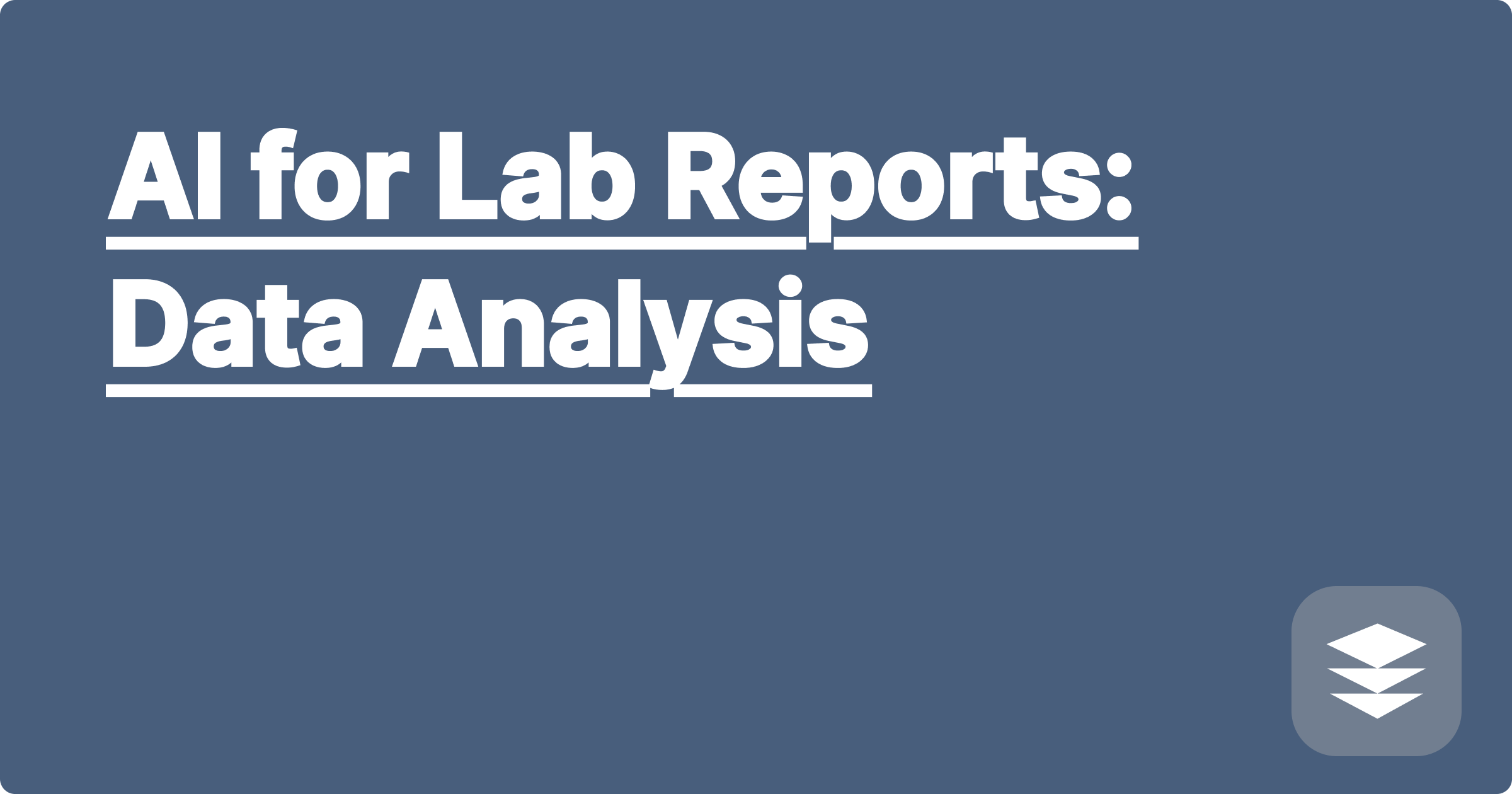
The demanding world of STEM education and research often leaves students feeling overwhelmed. Juggling complex coursework, demanding lab sessions, and extensive research projects can be a constant struggle. Thankfully, the rise of artificial intelligence offers a powerful new ally for STEM students and researchers. AI-powered tools can streamline workflows, enhance data analysis, and unlock new levels of academic achievement. This blog post explores how AI can revolutionize lab report writing, specifically focusing on data analysis, and empower you to achieve extraordinary academic success. We'll delve into practical strategies and real-world examples, demonstrating how AI can transform your academic journey and propel you toward your goals.
For STEM students, effective data analysis is crucial for drawing meaningful conclusions from experiments and research. Traditional methods can be time-consuming and error-prone, hindering progress and impacting overall academic performance. Imagine a virtual assistant capable of processing your data, identifying trends, and even generating insightful reports. This isn't science fiction; it's the reality of AI-powered learning platforms like GPAI (Generalized Personalized AI Interface). GPAI, and similar platforms, offer a suite of tools designed to personalize your learning experience, optimize your time management, and ultimately, boost your GPA and research output. By integrating these tools into your workflow, you can unlock your full potential and achieve academic excellence.
STEM fields often involve collecting and analyzing large datasets. These datasets, whether from physics experiments, chemical reactions, biological studies, or engineering simulations, can be complex and challenging to interpret. Traditional data analysis methods often involve manual calculations, spreadsheet manipulation, and statistical software packages, which can be time-consuming and prone to errors. Furthermore, understanding the underlying statistical concepts and selecting the appropriate analytical techniques can be a significant hurdle for many students. This complexity often leads to frustration, decreased efficiency, and ultimately, impacts the quality of lab reports and research findings. The challenge isn't just about crunching numbers; it's about extracting meaningful insights that advance understanding and contribute to scientific discovery.
AI offers a transformative approach to data analysis in lab reports. Tools like ChatGPT, Claude, and Wolfram Alpha can automate tedious tasks, provide insightful interpretations, and even generate report sections. For example, imagine using ChatGPT to summarize your experimental findings in clear, concise language, or employing Wolfram Alpha to perform complex statistical calculations in seconds. These AI assistants can not only save you valuable time but also enhance the accuracy and depth of your analysis. Moreover, AI-powered platforms like GPAI can integrate these tools into a personalized learning environment, offering tailored guidance and support based on your specific needs and learning style.
Let's walk through a typical lab report data analysis scenario using AI. First, upload your raw data into a platform like GPAI. GPAI's data processing module can automatically clean and organize your data, identifying outliers and handling missing values. Next, leverage GPAI's integrated AI tools to perform statistical analysis. Specify the type of analysis you need, such as regression analysis, ANOVA, or t-tests, and the AI will generate the results, including relevant statistical parameters and visualizations. You can then use ChatGPT or Claude to interpret these results, generating descriptive text that explains the trends and patterns observed in your data. Finally, GPAI can help you integrate these findings into your lab report, generating formatted tables, charts, and even draft text for the results and discussion sections.
Consider a physics experiment measuring the trajectory of a projectile. Traditionally, you would manually calculate velocity, acceleration, and other parameters. With AI, you can simply input the raw data into Wolfram Alpha, which can instantly generate these calculations and even visualize the trajectory. In chemistry, imagine analyzing the results of a titration experiment. GPAI can automatically calculate the concentration of the unknown solution and generate a titration curve, saving you hours of manual work. For biology students studying gene expression, AI tools can analyze microarray data, identifying differentially expressed genes and generating heatmaps to visualize the results.
To effectively integrate AI into your STEM studies, start by identifying your specific challenges. Are you struggling with data analysis, time management, or research? Once you've pinpointed your needs, explore the available AI tools and platforms like GPAI that offer solutions. Experiment with different tools to find the ones that best fit your workflow and learning style. Don't be afraid to ask for help and connect with other students who are using AI. Remember, AI is a tool to enhance your abilities, not replace them. Combine the power of AI with your own critical thinking and problem-solving skills to achieve optimal results. Prioritize learning the underlying concepts and principles of your field, using AI to supplement your understanding, not as a shortcut.
Finally, remember that academic success is a journey, not a destination. Embrace the learning process, stay curious, and leverage the power of AI to unlock your full potential. By incorporating AI tools into your workflow and adopting a proactive approach to learning, you can achieve extraordinary results in your STEM studies and research. Explore the resources available to you, connect with your peers, and don't hesitate to seek guidance from professors and mentors. The future of STEM is powered by AI, and you have the opportunity to be at the forefront of this exciting revolution. Begin exploring the possibilities today and embark on the path to academic excellence.